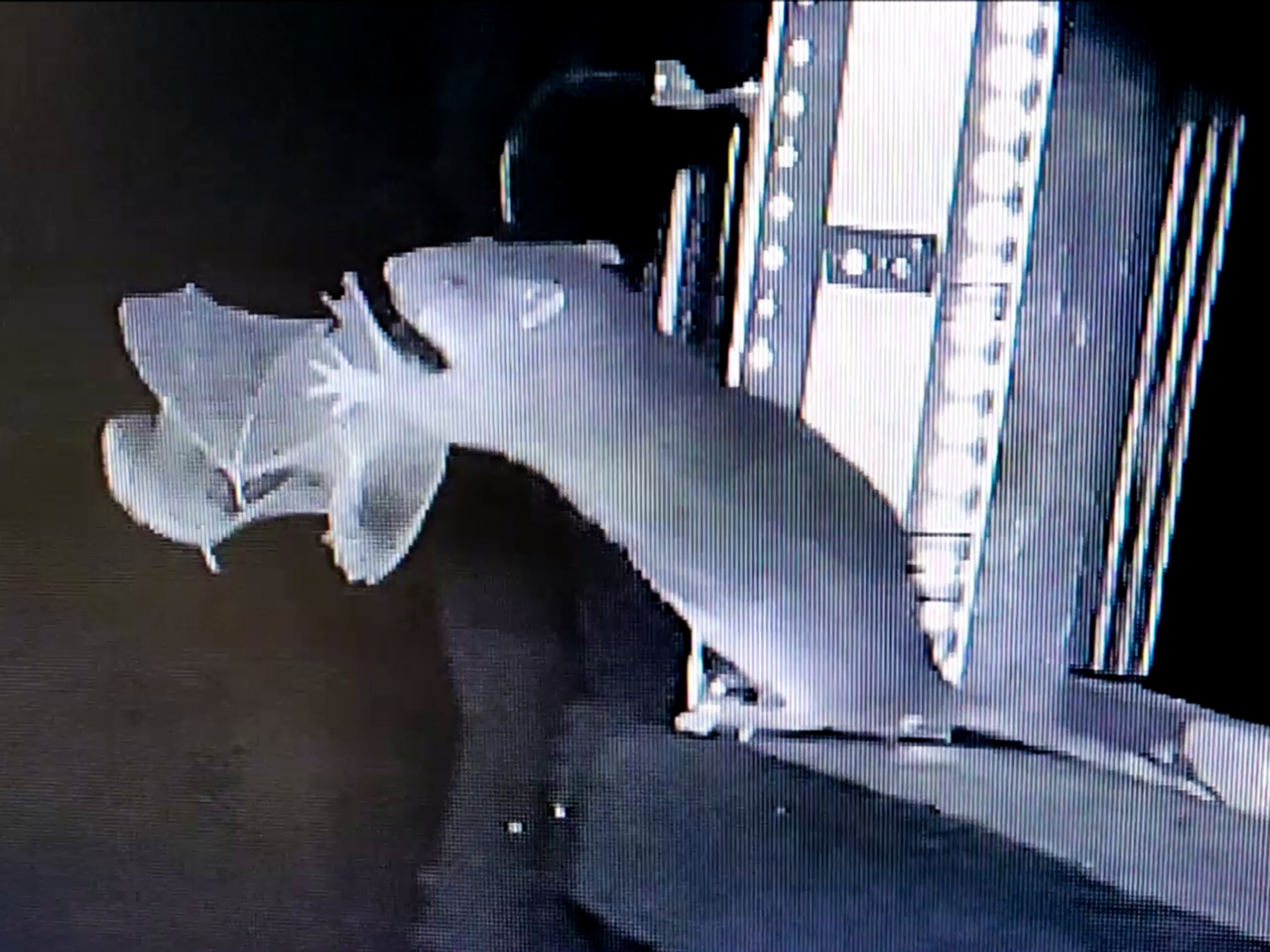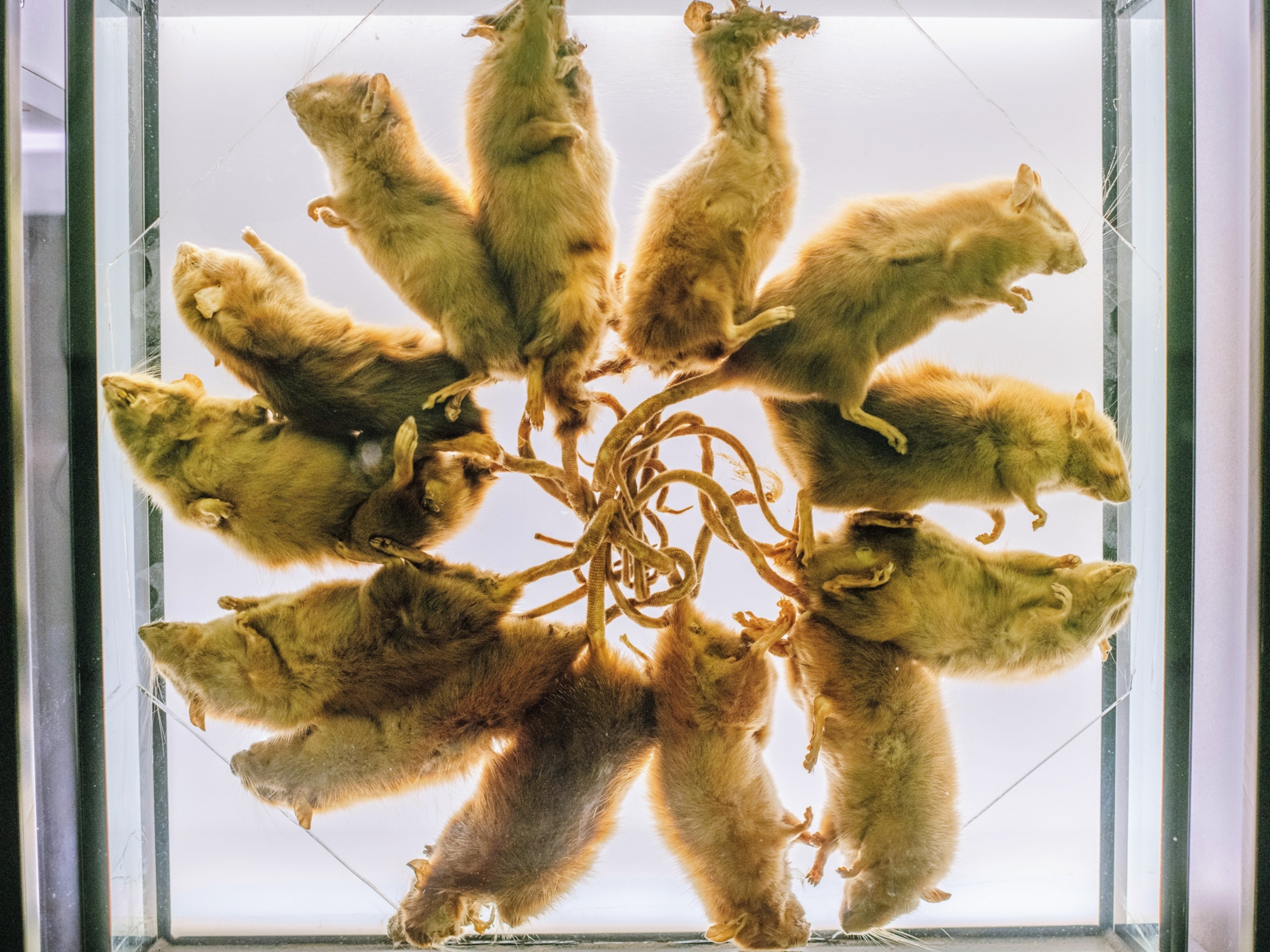Watch What Happens When Scientists Tickle a Rat
Their responses may hold some important secrets to how our own brains work.
What can you learn by tickling a bunch of rats? Turns out, quite a lot.
For the first time, scientists have pinpointed the area of the rat brain where ticklishness resides—the trunk of the somatosensory cortex, a region typically associated with touch.
They also observed that being open to tickling depends on mood: Stressed rats don't respond to tickling by laughing, but happy ones do—just like people. (Related: "Do Animals Laugh? Tickle Experiments Suggest They Do.")
“Tickling is one of the most poorly understood forms of touch,” says study author Michael Brecht, a biologist at the Bernstein Center for Computational Neuroscience in Berlin.
For example, Brecht says we still don’t understand what function tickling in people may serve, why it causes us to laugh, or even why the best tickles come at the hands of others.
It may seem odd or frivolous to study the ticklishness of animals, but these interactions may well hold important secrets to human cognition.
How to Tickle a Rat
To induce rat giggles in the laboratory, researchers alternated between gentle caresses and rougher prods, even sometimes flipping the rats onto their backs so that they could really work the belly.
To hear their chuckles, the scientists set up a device capable of capturing high frequencies, since rats emit laughter (or “ultrasonic vocalizations”) at levels above our range of hearing.
In order to record neuron activity, the scientists implanted devices inserted directly into the rats' brains. This allowed them to observe how the rats' brains reacted to tickling, as well as artificially stimulate these areas and produce rat giggles independent of tickling.
The new study, published November 10 in the journal Science, also found that stressful conditions, such as placing the rats under bright lights or on an elevated platform, suppressed ticklishness, and the rats did not chuckle. (Also see "Rats Show Regret After Wrong Choices, Scientists Say.")
Brecht speculates that this is an evolutionary adaptation that curbs fun activity while potential threats are at hand.
“The data might also help us to understand the neural correlates of mood, which are also poorly understood,” he adds.
Jumping for Joy
This study is not the first to tickle rats, by the way: Jaak Panksepp and Jeffrey Burgdorf discovered that rats were ticklish back in 2000. Since then, other studies have shown that tickling can affect decision-making in rats and even improve the animals’ well-being.
There’s also plenty of evidence to suggest that rats enjoy being tickled, says Brecht.
Panksepp and Burgdorf showed that the animals remembered areas in their enclosures where they had been tickled before and routinely returned to those sites.
And in the current study, rats were observed performing something called Freudensprünge, or “joy jumps,” after tickling.
Positive Thinking
By learning what makes a rat giggle, we may ultimately learn more about the workings of our own brains and behaviors.
Frans de Waal, primatologist and author of Are We Smart Enough to Know How Smart Animals Are?, says scientists turn to neuroscience for solutions to negative emotions, so it's also valid to examine positive interactions and emotions, such as tickling. (See "Rats Remember Who's Nice to Them—and Return the Favor.")





